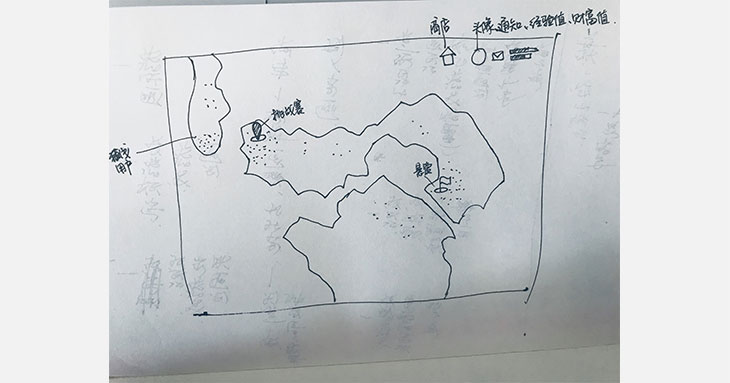Community Product UX

Rethinking What Community Means.
Rewritten text:
A major IP of the company, “Game of Thrones,” is about to go online and needs a product pre-launch. The game project team has decided to create a community product that can bring together book and show fans. They have approached our team to plan and design the interaction.
What is a Community
When the project was proposed, everyone involved was aware that there were already communities like Baidu Tieba and Zhihu in the market. It seemed challenging to create yet another single-product community. Colleagues from the operations team mentioned that we have content and Key Opinion Leaders (KOLs) to drive traffic. It sounded like a significant challenge for the project.
What is a community? This is the first question we encounter.
The product team compared the forums and community products available on the market, finding them quite similar in form. It seemed that creating a similar product would suffice. I was unwilling at that time, hoping it wouldn’t be a boring replica, akin to opening a new space for activities like sports fields or gyms when there are already plenty around, expecting people to come and engage.
The TV series Game of Thrones has aired up to its 7th season. There are also some fan-made encyclopedic websites which seem to be supported by the enthusiasm of the fans. If the enthusiasm fades or the TV series ends, there is a high possibility that the community will be deserted , which is why there is only an empty space without organizers.
The concept of ‘community’ doesn’t have to look like a traditional community; we can make it more fun, maybe even turn it into a game. That’s how I suggested it at the time.
At first, the idea was to use a map to carry community functions, discussion forums, user centers, notification systems, growth systems, and so on. I hope to attract users from the beginning, as the comfort of the place can stimulate users’ desire to communicate. After all, who doesn’t like games?

On the map, the basic functions and most important information of the community need to be displayed. It may not look like a community, but what does it matter.
What does the community Need?

To display so many features and information on a map, how to keep the information organized, highlight key points, capture the user’s visual focus, and enhance the user’s interest is a major challenge of this project.
Design Concept
Extract Core Functionality
After discussion, we have identified the three most core functions of the entire community:
-
Discussion Area
-
Community Activities
-
Store
The reasons for choosing these three functional modules are very obvious. The discussion area is the most active block for users, community activities are blocks for phase-based activation, and the store can increase user stickiness and sense of belonging. Other modules support the refinement of these three core functions.
After finalizing the core content, I proceed with prototyping using the previously created concept map.
Product prototype sketch

After the framework diagram of the main page was presented, we discussed and reached a consensus on the design direction.
However, when it came to the approval from the higher-ups, we encountered some significant issues.
Firstly, the format of this concept differs too much from traditional communities, causing the superiors to perceive a high level of risk.
Secondly, if the community resembles a game too much, it might overshadow the attention towards the game itself.
Lastly, using a map as the foundation may raise some copyright infringement concerns.
The final conclusion was to reject the original proposal and create a conventional community instead.
Modification
The revised plan was quickly finalized. It was built using a popular framework based on the original functional requirements, with minor optimizations for micro-interactions. The mobile interface based on the mini-program also took shape rapidly.
Prototype Interface for Mini Programs

Conclusion and more..
Although the initial plan in this project was overturned, I think having the opportunity to try out new ideas is still a very good thing.
I believe that games should not be limited to the game industry; many products we think should be serious can incorporate the concept of gamification. Humans enjoy playing games, and we have underestimated the benefits that games can bring to people.
This attempt is a bit ambitious. Many people who have seen the planning draft say, “Is this a game or a community? It doesn’t look like a community at all.” I like fixed thinking because it helps me figure out how to break it.
Subsequent: This project went live after restoring 70% of my prototype. Tencent took over the promotion and operation of the Game of Thrones game. Tencent also launched its own community, this project slowly became abandoned after theirs release. A year after leaving Youzu, I noticed it quietly went offline.
